Bolivia Tourism Attractions are diverse and captivating, offering a unique travel experience. SIXT.VN is here to guide you through Bolivia’s most stunning destinations, ensuring a seamless and unforgettable journey. Discover Bolivia’s rich culture, breathtaking landscapes, and thrilling adventures with our expert travel advice and convenient booking services.
1. Discover the Mystical Lake Titicaca
Lake Titicaca is the highest navigable lake in the world and one of Bolivia’s most beautiful landmarks. Travelers flock to Copacabana to soak in stunning views, savor freshly caught trucha, and explore the Inca’s believed birthplace of their empire. According to UNESCO, Lake Titicaca is also home to unique biodiversity, making it a crucial ecological site.
 copacabana bolivia
copacabana bolivia
1.1. Explore Isla del Sol
Take a boat trip from Copacabana to Isla del Sol to discover ancient Inca ruins scattered throughout the island. Aymara villagers busy farming the land and tending to the sacred sites further enrich this cultural experience. Walking from one side of the island to the other provides breathtaking scenery. According to the Bolivian Ministry of Cultures and Tourism, Isla del Sol is considered a sacred site and a key location in Inca mythology.
1.2. Visit Copacabana
Copacabana is a quaint little town to explore, with many shops, restaurants, and bars lining the main streets. The summit of the “Stations of the Cross” walk offers unparalleled views of Lake Titicaca. The town’s vibrant atmosphere and cultural significance make it a must-visit destination. A study by the Institute for Andean Studies in 2022 highlights Copacabana’s importance as a religious and cultural center, attracting pilgrims and tourists alike.
2. Unearth Ancient Mysteries at Tiwanaku
Tiwanaku, a UNESCO World Heritage Site, is a pre-Columbian archaeological site in western Bolivia. It is named after one of the most important civilizations prior to the Inca Empire and is one of the oldest and highest urban cities ever built. According to UNESCO, the architectural and engineering achievements of Tiwanaku are testaments to the ingenuity and advanced knowledge of its builders.
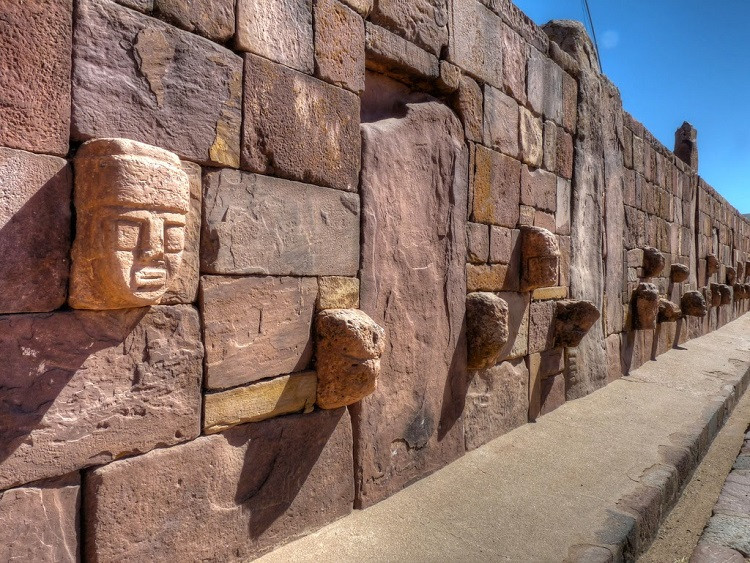 Photo Credit: Juan Manuel Rodriguez
Photo Credit: Juan Manuel Rodriguez
Photo Credit: Juan Manuel Rodriguez
2.1. Marvel at Architectural Structures
Tiwanaku’s ruins consist of impressive architectural structures that defy explanation, posing more questions to archaeologists than answers. Located about 72 km (44 miles) west of La Paz, it is a must for anyone fascinated by ancient civilizations and mind-boggling architecture. Research from the Bolivian Institute of Archaeology indicates that Tiwanaku was a major ceremonial and administrative center, influencing a vast region in the Andes.
3. Immerse Yourself in La Paz’s Vibrant Culture
La Paz, set against a backdrop of snow-capped mountains, is Bolivia’s third most populous city and the world’s highest seat of government. Juxtaposed with the colorful lifestyle and traditions of the Aymara people, La Paz is full of modern cafes, clubs, bars, and restaurants, as well as traditional markets, historic plazas, and colonial architecture.
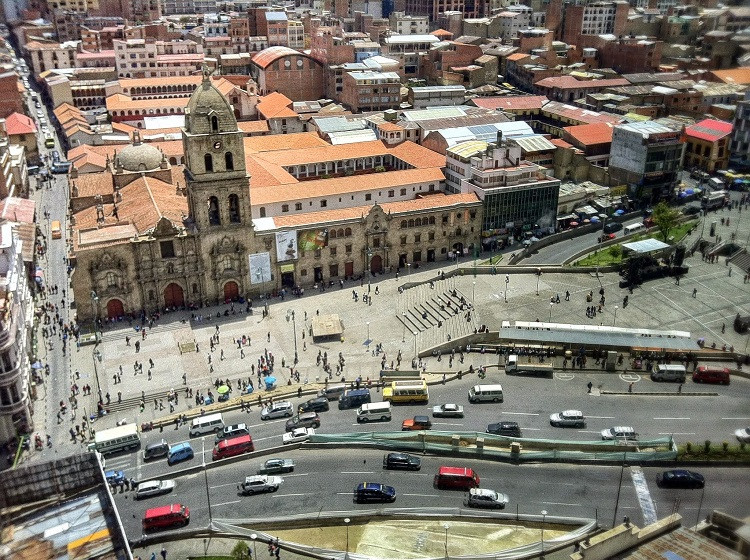 tourist attractions in bolivia
tourist attractions in bolivia
3.1. Explore at a Slow Pace
At a height of 4058 meters above sea level, La Paz is best explored at a slow pace, taking the time to soak up the city’s rich culture and fascinating history. Numerous sights, free events, and adrenaline-pumping activities await visitors. According to the La Paz Tourism Office, the city’s unique blend of indigenous traditions and modern amenities makes it a captivating destination for travelers.
3.2. Ride the Teleférico
The city’s cable car system, Teleférico, offers stunning views of La Paz and connects various parts of the city. It’s an efficient and scenic way to get around. The Teleférico is not only a mode of transportation but also a tourist attraction in itself, providing panoramic views of the city and its surroundings, according to a report by the Urban Planning Institute of La Paz.
4. Brave the Yungas Road (Death Road)
The Yungas Road, also known as “Death Road,” is one of the most popular activities in Bolivia. It offers an exhilarating and death-defying bike ride along one of the world’s most dangerous roads. Surrounded by mountainous terrain and terrifying precipices, the winding road stretches 69kms from La Paz to Coroico, connecting the Amazonian rainforest to the busy city.
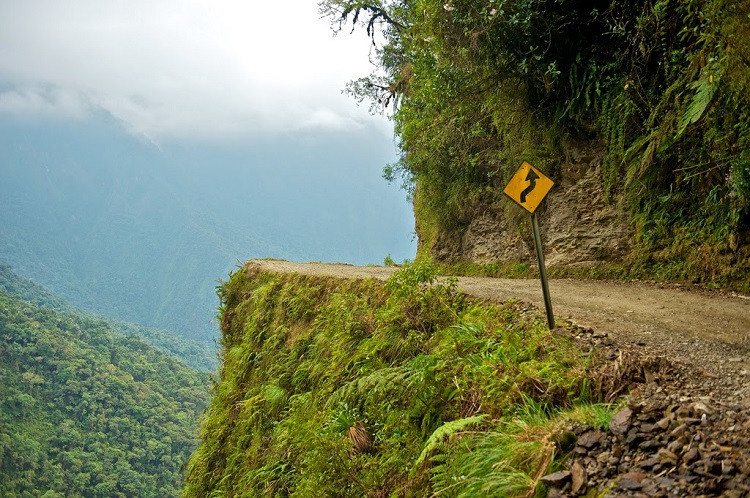 Photo Credit: Jonas Witt
Photo Credit: Jonas Witt
Photo Credit: Jonas Witt
4.1. A Thrilling Experience
Even with improved conditions, Yungas Road shows no mercy. Nowadays, the death toll is limited to local workers and daredevil backpackers still using the infamous road. It is believed that more than 30 cyclists have lost their lives on Bolivia’s “Death Road” since 1998. A study by the Bolivian Road Safety Association highlights the ongoing risks associated with the road, even with safety improvements.
5. Discover Biodiversity in Madidi National Park
Madidi National Park, spanning 7000 square miles from the Andes deep into the Amazon, is one of the most bio-diverse places on the planet. Traveling by boat from Rurrenbaque across the Beni River, tourists stepping foot onto the jungle’s muddy floors will delight in the multitude of flora and fauna on offer.
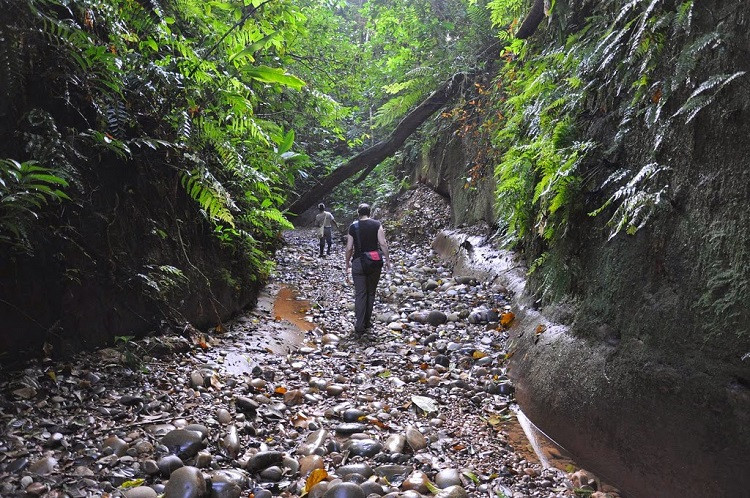 Photo Credit: Joe Lazarus
Photo Credit: Joe Lazarus
Photo Credit: Joe Lazarus
5.1. Ecological and Cultural Tours
The best way to experience Madidi National Park is through one of the many ecological and cultural tours providing an authentic and safe jungle experience. Spotting a jaguar, smelling the scent of a rare type of flower, learning about the different medicinal plants, or listening out for the chirps of more than 1000 species of bird are just some of the experiences this national park offers. According to the Bolivian National Protected Areas Service, Madidi is home to an estimated 3-4% of the world’s biodiversity.
6. Explore the Untouched Chiquitania Region
Veering slightly off Bolivia’s backpacker trail is the Chiquitania Region, a stunning yet rarely visited area teeming with exciting and unspoiled attractions. Differentiating itself from other parts of the country, the Chiquitania Region shines for its tropical savanna climate, Jesuit Missions, fascinating wildlife, and unique natural history.
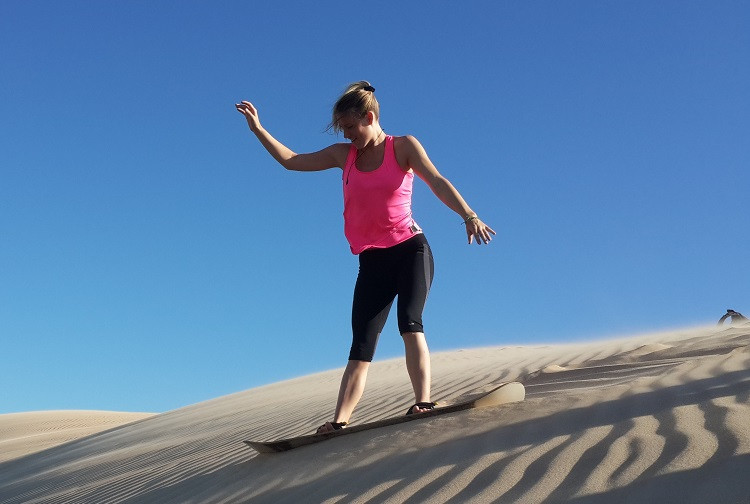 Lomas De Arena Sandboarding And Wildlife Tour In Bolivia 2
Lomas De Arena Sandboarding And Wildlife Tour In Bolivia 2
6.1. Jesuit Missions
The Jesuit Missions of Chiquitos are a UNESCO World Heritage site, representing a unique fusion of European and indigenous cultural traditions. These missions offer a glimpse into Bolivia’s colonial past and the harmonious coexistence of different cultures. UNESCO recognizes these missions as outstanding examples of religious architecture and urban planning.
6.2. Wildlife and Natural History
With sights such as the mysterious rock formation of the Santiago de Chiquitos Mirador and the hot thermal springs of Aguas Calientes, as well as activities such as jaguar watching at Kaa Iya National Park and sandboarding in Lomas de Arena, it’s difficult to understand why the area is so delightfully devoid of tourists. According to the Chiquitania Tourism Board, the region is becoming increasingly popular for eco-tourism and adventure travel.
7. Experience the Oruro Carnival
Situated at dizzying heights in the arid Altiplano region of Bolivia is a mining town home to one of the most famous festivals in all of South America. Each year on the Saturday before Ash Wednesday, the usually sleepy Oruro comes alive, hosting the world-renowned Carnival.
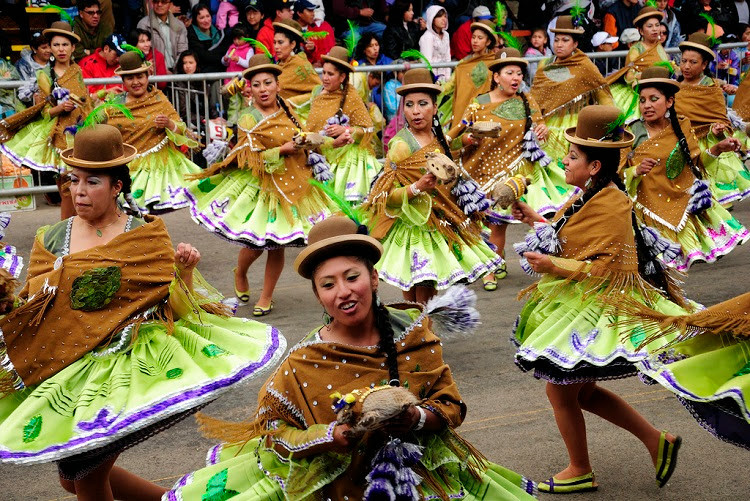 Photo Credit: Wakusrgh
Photo Credit: Wakusrgh
Photo Credit: Wakusrgh
7.1. A Unique Festival
The unique festival features spectacular folk dances, extravagant costumes, beautiful crafts, lively music, and up to 20 hours of continuous partying. Oruro Carnival is Bolivia’s most sought-after tourist attraction, drawing crowds of up to 400,000 people annually. The Bolivian Ministry of Culture estimates that the Oruro Carnival generates millions of dollars in tourism revenue each year, boosting the local economy.
8. Relax in the Historic City of Sucre
Sucre, Bolivia’s fifth largest and most beautiful city, is the ideal place for travelers to recharge their batteries, study Spanish, and immerse themselves in the local culture. Founded by the Spanish in the 16th century, Sucre has been designated as a UNESCO World Heritage site to protect its many pristine and historically significant buildings.
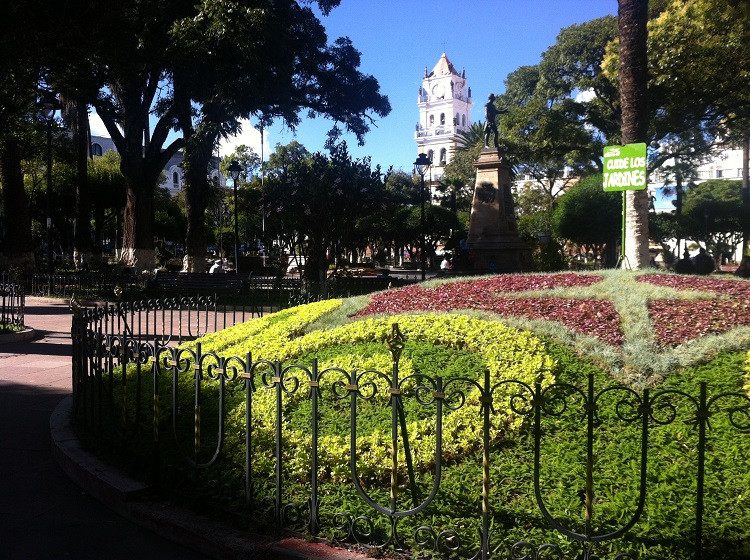 sucre bolivia
sucre bolivia
8.1. Cultural Activity
Largely untouched by tourism, the youthful city is a goldmine of unexplored treasures and cultural activity. It’s also one of the cheapest and safest cities in South America, making it a desirable place to travel to. Sucre’s well-preserved colonial architecture and relaxed atmosphere make it a favorite among tourists seeking a peaceful and culturally rich experience, according to a survey by South American Explorers.
9. Witness the Perilous Cerro Rico Potosi
Looming over the highest city in the world is a red, dusty mountain, notorious for claiming the lives of Bolivia’s hardworking men and children. Cerro Rico, rich in natural resources, once produced so much silver it pushed Potosi onto the world stage, becoming the wealthiest city in the Americas.
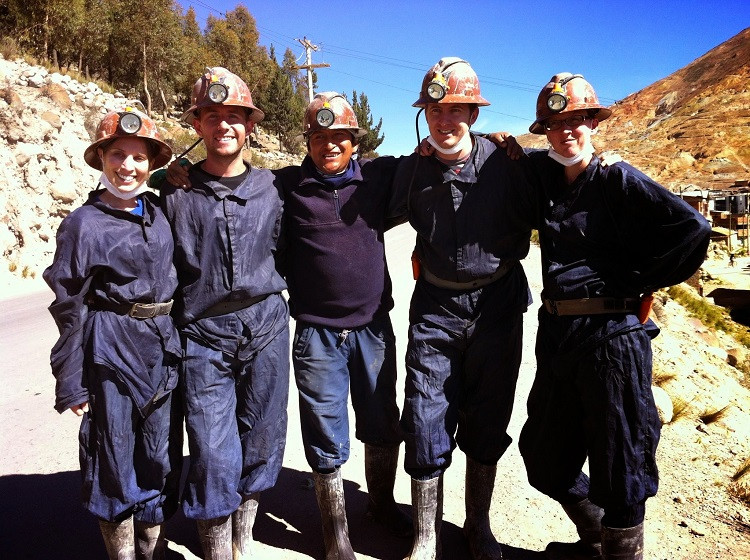 tourist attractions in bolivia 5
tourist attractions in bolivia 5
9.1. A City of Contrasts
Despite the past abundance of precious metals, Potosi is now one of the poorest cities in South America. Many of Bolivia’s men have no choice but to work the unstable, mineral-depleted mines in order to scrape together enough money to feed their families. A report by the International Labour Organization highlights the dangerous working conditions and health risks faced by miners in Cerro Rico.
9.2. Guided Tours
Today, tourists can witness the perilous state of Cerro Rico firsthand, taking guided tours through the mountain’s narrow and claustrophobic tunnels. Here they’ll learn that difficulty breathing, lack of food, and unbearably long hours are just a few of the conditions miners have to endure on a daily basis. Travelers who manage to finish the tour of Cerro Rico will emerge from the mines thanking their lucky stars that this is not their reality.
10. Experience the Surreal Salar de Uyuni
If you’re planning a trip to Bolivia, chances are you’ll want to experience the world’s largest salt flat; Salar de Uyuni. Once an inland ocean covering most of the Altiplano and reaching all the way to Lake Titicaca, the endless white desert is now home to some of the most unique and breathtaking scenery on earth.
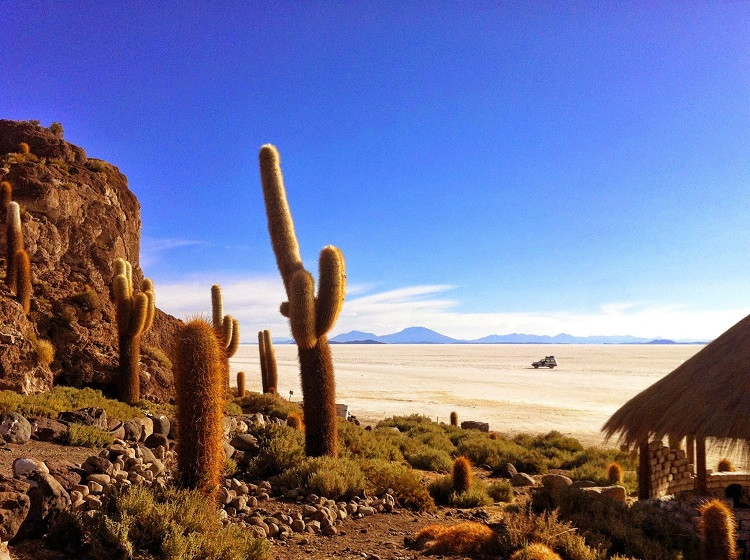 tourist attractions in bolivia 3
tourist attractions in bolivia 3
10.1. Unique Landscapes
Those visiting will notice that Salar de Uyuni’s landscapes change quicker than a shake of salt. One hour you’re surrounded by flamingos on a high-altitude lagoon, and the next you’re standing on an island covered in cacti. When it rains, the water sitting on top of the cemented salts reflects the sky above, turning Salar de Uyuni into the world’s largest mirror. Travelers with an observant eye will encounter various wildlife during their trip including llamas, flamingos, and even vizcachas (a squirrel/rabbit-like animal often referred to as “scrabbit”). The Salar de Uyuni is estimated to contain 50-70% of the world’s lithium reserves, making it a significant resource for the future, according to the U.S. Geological Survey.
10.2. Perspective Pics
With nothing in sight for miles, taking “perspective pics” on the 4000 square-mile flats has become a popular pastime for tourists and photographers. During the trip, travelers also have the opportunity to sleep on beds made from salt and soak in natural hot springs under Bolivia’s moonlit sky.
11. Unwind in Samaipata
Veering slightly off Bolivia’s tourist trail is an enchanting town located in the foothills of Santa Cruz. Quechua for “Rest in the Highlands,” Samaipata is not only a unique tourist destination but a popular weekend retreat for Bolivia’s wealthier residents.
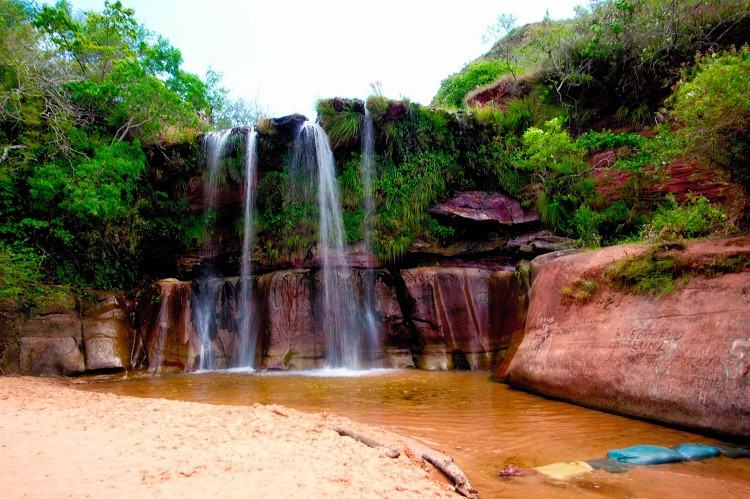 Photo Credit: Alma Apatrida
Photo Credit: Alma Apatrida
Photo Credit: Alma Apatrida
11.1. El Fuerte
Samaipata’s main attraction is the World Heritage, pre-Inca archaeological site of El Fuerte, home to the largest carved stone in the world. The town is also the gateway to Bolivia’s natural treasure, Parque Nacional Amboró. The well-preserved nature reserve boasts over 912 species of birds and over 177 mammalian species including the puma and the rare spectacled bear. According to the Amboro National Park’s official website, the park is one of the most biodiverse areas in Bolivia, attracting researchers and nature enthusiasts from around the world.
11.2. Tranquil Surrounds
Often referred to as “The Little Switzerland of Bolivia”, Samaipata is the ideal place to stop and unwind before moving onto Bolivia’s more bustling locations.
12. Taste the Wines of Tarija
Chasing the tails of Chile and Argentina’s well-established vineyards is a small Bolivian town producing some of South America’s finest wines. Growing most of their grapes at an elevation of around 1800 meters (6000 feet), Tarija is officially the highest wine producer in the world.
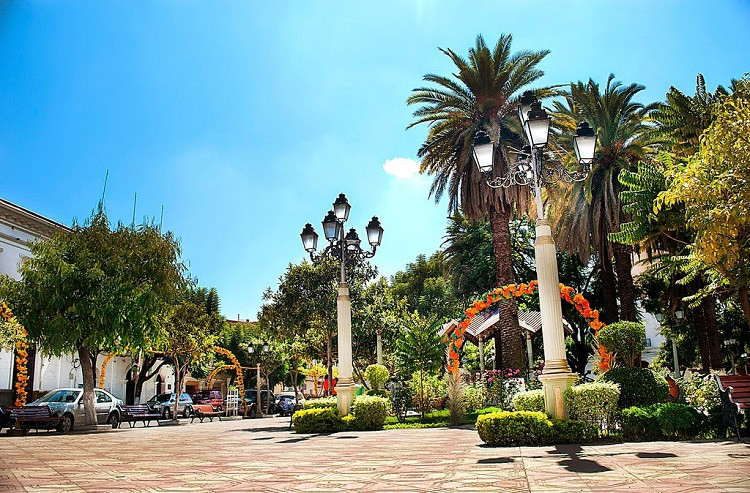 Photo Credit: Juan Alvaro
Photo Credit: Juan Alvaro
Photo Credit: Juan Alvaro
12.1. Unique Wine Production
Located in the south of Bolivia, the scenic area enjoys a Mediterranean climate making it the ideal location for wine production. Due to the unique mix of high altitude and warm weather, Tarija’s winemakers claim to be able to age grape juice at a faster rate, enabling them to produce a two-year-old wine with similar qualities to a six-year-old wine. According to the Tarija Wine Association, the region’s high-altitude vineyards produce unique and flavorful wines that are gaining international recognition.
12.2. Culinary Treats
Though wine tasting tours in Tarija are not a refined experience, wine aficionados and budding sommeliers will enjoy sampling the variety of fruity reds and floral whites on offer, as well as the local specialty – singani. And for those looking to tickle their taste buds with food rather than alcohol, Tarija boasts a variety of culinary treats including grilled bife de chorizo and local favorite, dulce de lacayote (caramelized squash). One of the fastest-growing cities in Bolivia, Tarija itself is a great place to spend time, exploring the contemporary art galleries, bustling markets, and youthful bars.
Frequently Asked Questions (FAQs) about Bolivia Tourism Attractions
1. What are the must-see attractions in Bolivia?
The must-see attractions in Bolivia include Salar de Uyuni, Lake Titicaca, La Paz, and Madidi National Park. These destinations offer a mix of stunning landscapes, cultural experiences, and adventure activities.
2. Is Bolivia a safe country for tourists?
Bolivia is generally safe for tourists, but it’s important to take precautions. Be aware of your surroundings, avoid walking alone at night, and keep your valuables secure.
3. What is the best time to visit Bolivia?
The best time to visit Bolivia is during the dry season, which runs from May to September. During this time, the weather is generally sunny and dry, making it ideal for exploring the country’s attractions.
4. Do I need a visa to enter Bolivia?
Visa requirements for Bolivia vary depending on your nationality. It’s best to check with the Bolivian embassy or consulate in your country before traveling.
5. What is the local currency in Bolivia?
The local currency in Bolivia is the Boliviano (BOB). It’s advisable to have some local currency for smaller establishments and markets.
6. What languages are spoken in Bolivia?
The official languages of Bolivia are Spanish, Quechua, Aymara, and Guarani. Spanish is widely spoken, especially in urban areas.
7. How can SIXT.VN help me plan my trip to Bolivia?
SIXT.VN offers comprehensive travel services, including airport transfers, hotel bookings, tour packages, and travel advice, ensuring a seamless and enjoyable trip to Bolivia.
8. What are some unique cultural experiences in Bolivia?
Unique cultural experiences in Bolivia include visiting local markets, attending traditional festivals like the Oruro Carnival, and exploring indigenous communities around Lake Titicaca.
9. What are the best adventure activities in Bolivia?
The best adventure activities in Bolivia include mountain biking on the Death Road, trekking in Madidi National Park, and exploring the salt flats of Salar de Uyuni.
10. How can I stay connected while traveling in Bolivia?
You can stay connected in Bolivia by purchasing a local SIM card or using Wi-Fi hotspots in hotels, cafes, and public areas.
SIXT.VN: Your Partner for Exploring Bolivia’s Wonders
Planning a trip to Bolivia can be exciting, but it also comes with its challenges. From arranging airport transfers to finding the perfect hotel and navigating the local culture, there’s a lot to consider. That’s where SIXT.VN comes in. We offer a range of services designed to make your trip to Bolivia seamless and unforgettable.
Airport Transfers
Arriving in a new country can be overwhelming, especially after a long flight. SIXT.VN provides reliable and comfortable airport transfer services to get you to your hotel quickly and safely.
Hotel Bookings
Finding the right accommodation is crucial for a comfortable trip. SIXT.VN offers a wide selection of hotels to suit every budget and preference, from luxury resorts to cozy guesthouses.
Tour Packages
Want to explore Bolivia’s top attractions without the hassle of planning every detail? Our tour packages are designed to showcase the best of Bolivia, with expert guides and comfortable transportation.
Travel Advice
Our team of travel experts is here to provide you with valuable tips and advice to help you make the most of your trip. Whether you need information on visa requirements, local customs, or the best time to visit, we’ve got you covered.
Don’t let the challenges of travel planning hold you back from experiencing the wonders of Bolivia. Contact SIXT.VN today and let us help you create the trip of a lifetime. Visit our website at SIXT.VN or call us at +84 986 244 358. Our address is 260 Cau Giay, Hanoi, Vietnam. Let SIXT.VN be your trusted partner in exploring Bolivia’s incredible tourist hotspots.



